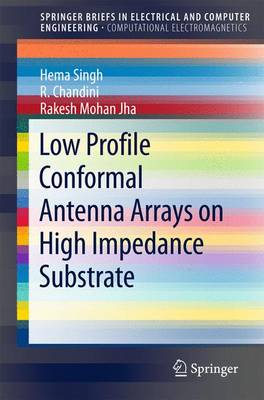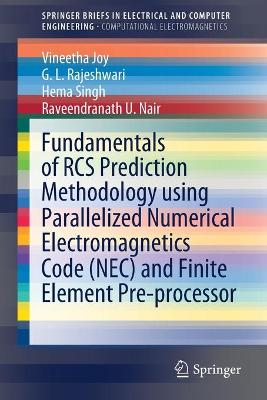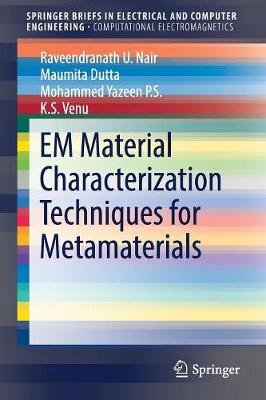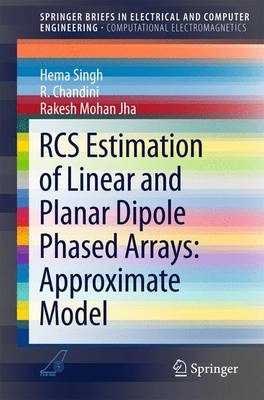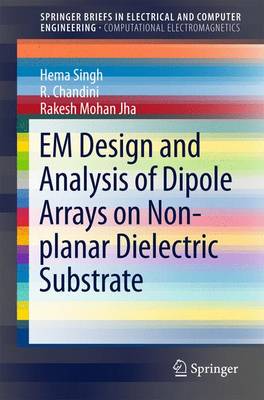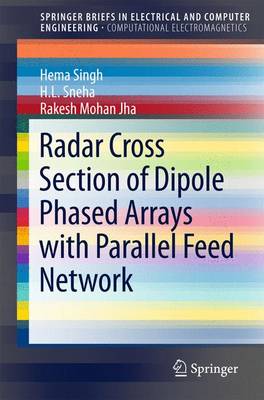SpringerBriefs in Electrical and Computer Engineering
6 total works
Low Profile Conformal Antenna Arrays on High Impedance Substrate
by Hema Singh, R. Chandini, and Rakesh Mohan Jha
EM Material Characterization Techniques for Metamaterials
by Raveendranath U. Nair, Maumita Dutta, Mohammed Yazeen P.S., and K. S. Venu
This book presents a review of techniques based on waveguide systems, striplines, freespace systems and more, discussing the salient features of each method in detail.
Since metamaterials are typically inhomogeneous and anisotropic, the experimental techniques for electromagnetic (EM) material characterization of metamaterial structures need to tackle several challenges. Furthermore, the modes supported by metamaterial structures are extremely sensitive to external perturbations. As such the measurement fixtures for EM material characterization have to be modified to account for such effects.
The book provides a valuable resource for researchers working in the field of metamaterials
RCS Estimation of Linear and Planar Dipole Phased Arrays: Approximate Model
by Hema Singh, R. Chandini, and Rakesh Mohan Jha
EM Design and Analysis of Dipole Arrays on Non-planar Dielectric Substrate
by Hema Singh, R. Chandini, and Rakesh Mohan Jha
